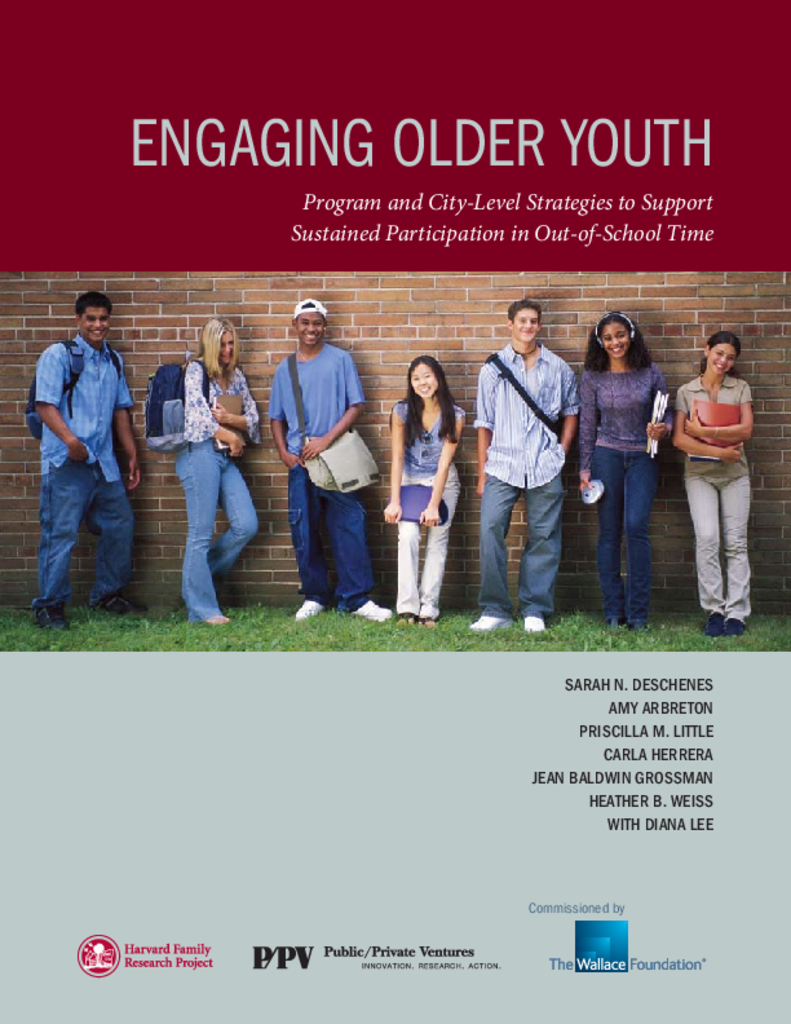Research Approach
This study brought together both survey data from a large sample of OST programs for older youth and in-depth interview data. Researchers collected and integrated qualitative and quantitative data, weaving together findings to understand program characteristics and support from city initiatives.
Six Cities
The six cities in the study—Chicago, Cincinnati, New York, Providence, San Francisco, and Washington, D.C.—were chosen because they have an intermediary or government agency coordinating funding and providing services for OST programs. They also have a management information system or database to keep track of attendance and participation, extensive programming aimed at middle and high school youth, and a focus on low-income youth and distressed neighborhoods. The initiatives in these cities all provide a set of supports to OST programs in the community, and they are trying to raise the profile and increase understanding of out-of-school time in their cities; they are also all relatively new.
Identifying Programs
After identifying the six cities for inclusion in the study, researchers identified a large number of programs in these areas with high participation rates among middle and high school youth. They then surveyed program leaders about program activities and features, staffing, youth participants, family involvement, use of data, recruitment and orientation practices, practices for fostering and supporting engagement, and involvement with the OST initiative in the city.
Out of the sample of programs that returned a survey, researchers selected a smaller subset of programs to interview in depth and a group of city-level respondents to be interviewed for the study.
Focus on Youth Retention
Altogether, researchers analyzed data from 198 program surveys, 28 program interviews, and 47 city-level respondents. The quantitative analysis focused on the practices and structural features associated with retention of youth in programs. For this study, high retention was defined as retention of 50 percent or more of a program’s youth participants for 12 months or more. Researchers conducted a regression analysis of retention to isolate which of the many competing practices and features were uniquely associated with the variation in retention rates.
Analysis of interviews and document review enabled researchers to identify program practices that respondents cited as relating to greater retention. It also allowed them to create a picture of what it takes at the program and city level to keep youth engaged in programs over time, using a grounded theory approach. Throughout the analysis, researchers cross-walked findings from the interviews and the survey against each other to refine their understanding of participation.

